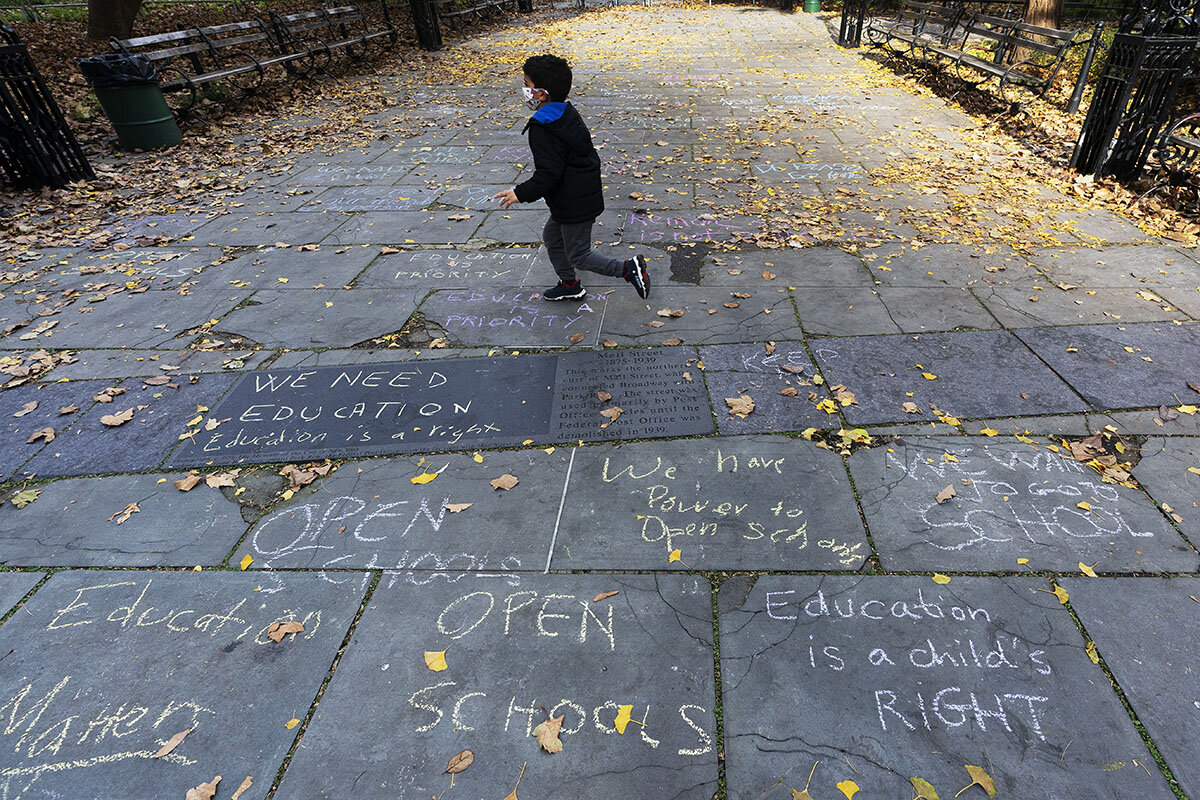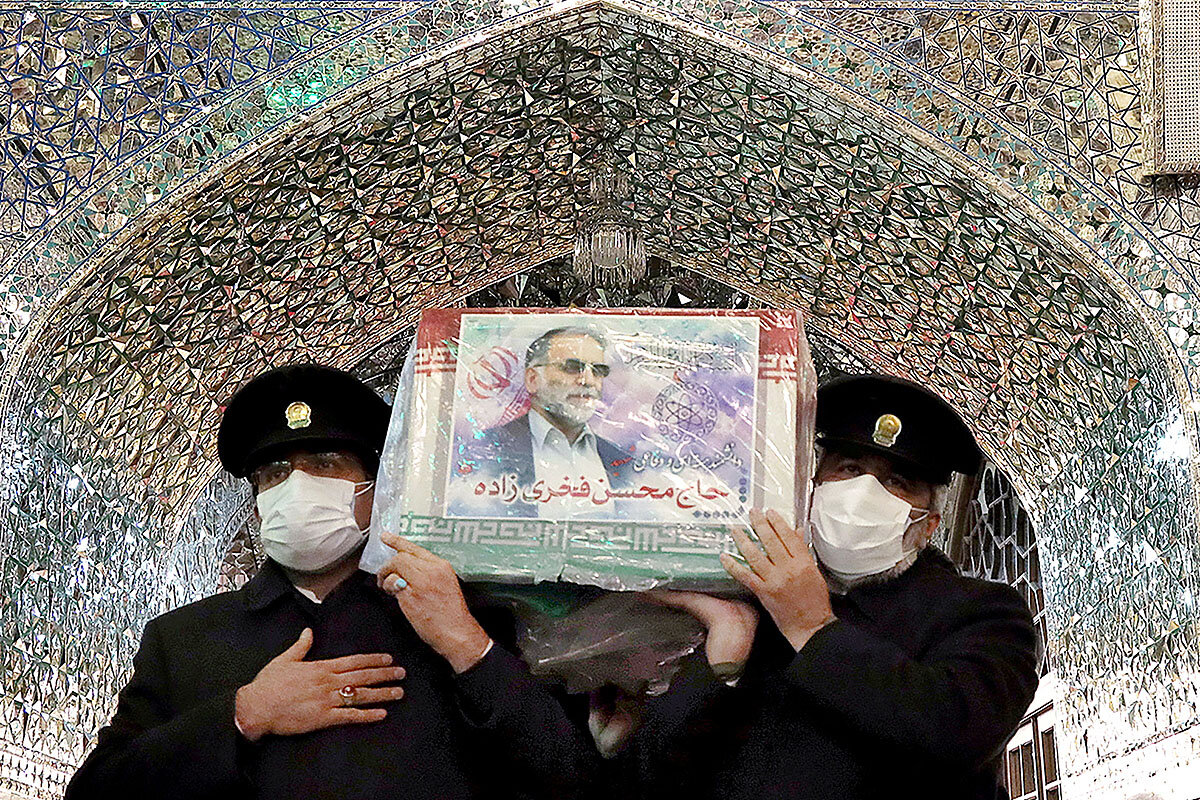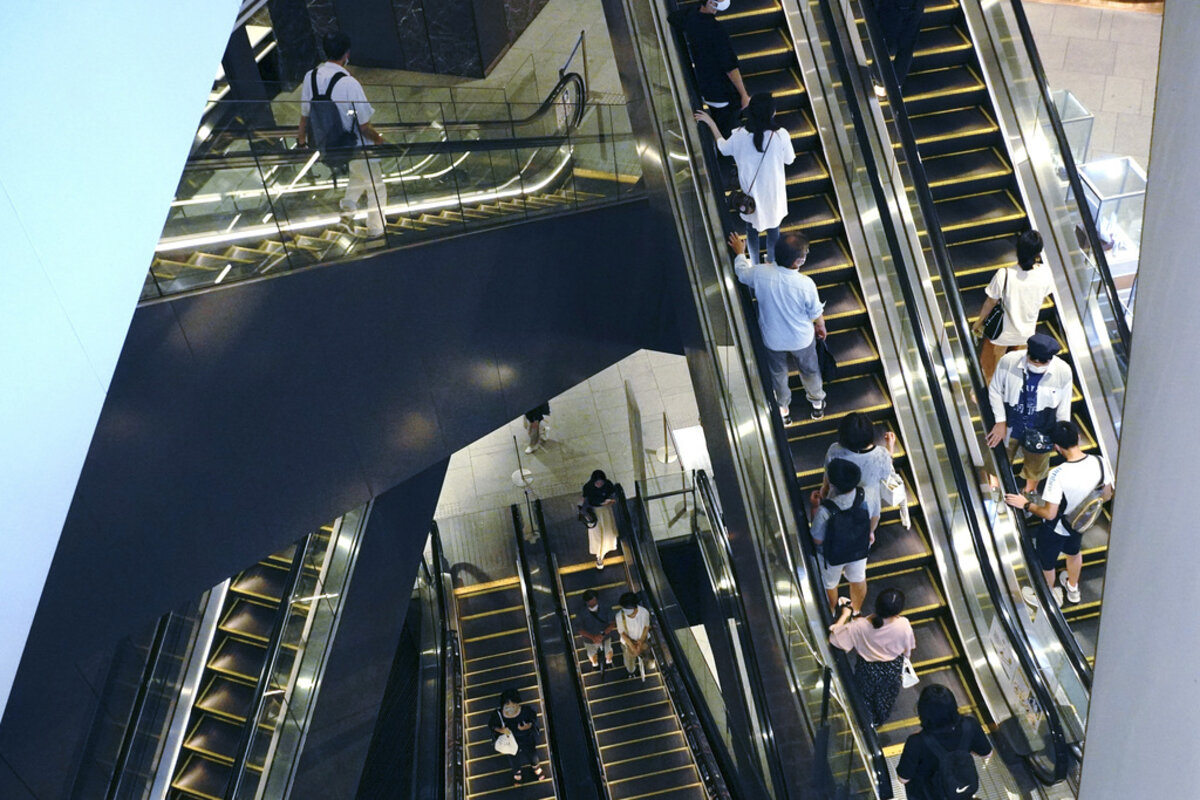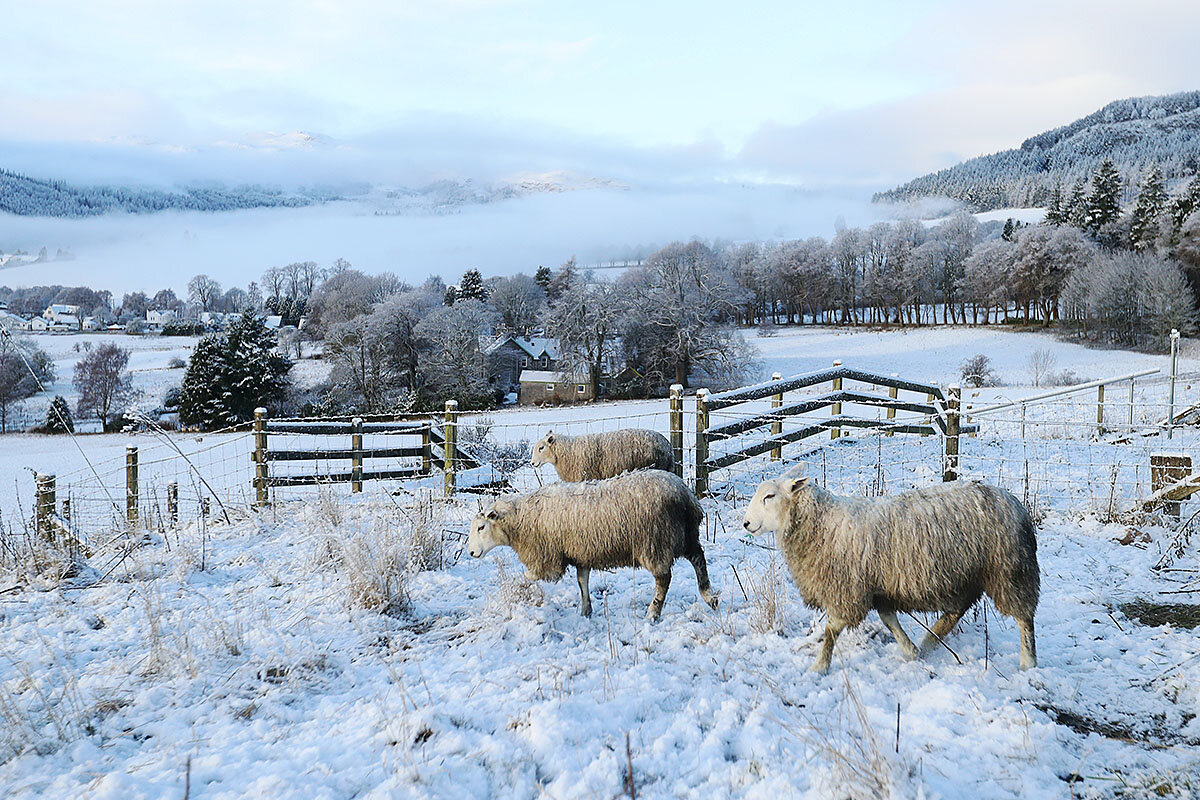The COVID-19 pandemic is the first global crisis since World War II. Since March, it has pushed each nation to largely struggle alone. Like that horrific conflict eight decades ago, it has left humanity to question whether progress itself is still possible. Wars, plagues, natural disasters – they often numb the capacity to perceive the good at hand and bring it into reality. They deflate an appreciation for the centuries of progress.
After World War II, that destructive negativity did not prevail, a point to recall as the end of the pandemic appears in sight with new vaccines. The war’s victors made a strategic decision to prevent future wars by lifting up the most vulnerable people, starting with vanquished former enemies. Those leaders created global institutions built on universal values. They directed massive resources toward those most at risk of poverty and despotism.
Because of their wide and caring embrace of the least well-off, progress did return. Since 1945, “humans have become (on average) longer-lived, healthier, safer, richer, freer, fairer, happier and smarter, not just in the west but worldwide,” wrote Harvard scholar Steven Pinker last year in the Financial Times.
The world is now at a similar inflection point with serious doubts about progress. Yet once again, leaders are countering those doubts with a concern for the well-being of all. Nations are deciding how to allocate the coronavirus vaccines based on who is most at risk, such as health workers, and who is most vulnerable, such as those who are older, homeless, and incarcerated. Nations are also in a second or third round of aid for pandemic-hit businesses and individuals, with an eye first on those most in need. In the United States, lawmakers are nearing a consensus on a second economic stimulus, this time more precisely aimed at the weakest in society.
Progress, after all, must be universally shared to really be progress.
The most widely felt damage from the pandemic has been economic. Borders have been closed and businesses shuttered. Crops have withered in the fields and investments in new ventures have shrunk. Much of the world is in the deepest recession since the 1930s. “The year 2020 has shown that the forward march of human progress is not an unstoppable force that can be taken for granted,” states the United Nations humanitarian chief Mark Lowcock in a new report. “In the space of a few months, decades of development have been knocked off course by a virus.”
Already this year, 1 in 45 people worldwide needed assistance for basic needs like food and water – the highest level since records have been kept. The U.N. estimates 1 in 33 will require help next year. Extreme poverty has risen for the first time in more than 20 years. Yet wealthier countries has also given a record $17 billion in humanitarian response to COVID-19.
“As we approach the end of this difficult year, we face a choice,” says Mr. Lowcock. “We can let 2021 be the year of the grand reversal – the unravelling of 40 years of progress – or we can work together to make sure we all find a way out of this pandemic.”
Despite the many crises the world has faced, the drivers of progress – moral ideals, reason, and empathy – are not going away, states Mr. Pinker. “The progress we have enjoyed has come from empowering the better angels of our nature.”
Those angels are the thoughts and actions that uplift people who are poor or sick, and even those skeptical of progress. This is not wishful thinking or naive hope. That which led to past progress will sustain it.
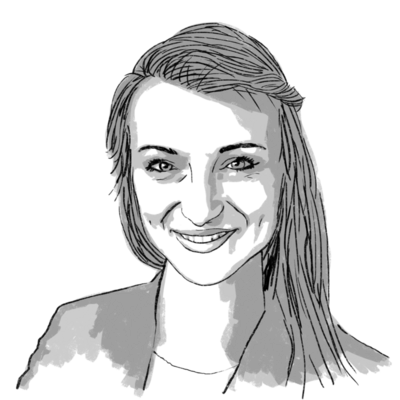 Eva Botkin-Kowacki
Eva Botkin-Kowacki




